I recently spent a beautiful sunny day in Cirò area. It is not a surprise as Cirò is located in Calabria region, southern Italy,
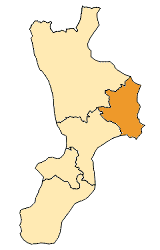
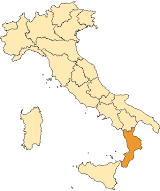 identified as “Deep South” by someone and where nature, sun and sea seem to wrap you in a blanket of authenticity and tradition; especially if you meet the right people who take you to hidden corners to drink true wines and eat delicious products!
identified as “Deep South” by someone and where nature, sun and sea seem to wrap you in a blanket of authenticity and tradition; especially if you meet the right people who take you to hidden corners to drink true wines and eat delicious products!
This time we are virtually together on the Ionio sea coast in Crotone district (see maps). Cirò, along with Cirò Marina (on the sea side) are 2 towns but they also give their name to the most famous wine of this region!
- The territory
The origins of this wine are really old, Greeks have found here favorable conditions for growing grapes. After all, on one hand there is the sea, on the other the hills that allow higher altitude (up to about 5oom), moreover useful temperature ranges are in equilibrium with soil composition giving to the grapes used for Cirò, and especially to Gaglioppo variety (red), ideal conditions despite this variety can be found in other regions too.
The soil can be often drought, the weather is mild and the tradition is penetrating. The success of a wine, however, depends on man clearly and this means wisdom, daughter of the tradition as well as respect and the choice to use indigenous varieties is a proof.
- The wine
Cirò wine can be:
– WHITE: mainly from “Greco bianco” grape
– RED: mainly from “Gaglioppo” grape
– ROSE: mainly from “Gaglioppo” grapes vinified in pink
By the way, the flagship wine of the area is the red from the already mentioned Gaglioppo variety (not to be confused with the other regional variety Magliocco that gives very interesting wines too, richer and more concentrated). Gaglioppo is a vine with a character that is not easy, someone says that it reflects the one of the man who produce it! A mediterranean character with strong tannins which require wood without making it intrusive. Anyway, the wine shows its elegance already looking at its color, less concentrated than some other southern reds. The wine has good body and often high alcohol content with good aging potential. It is possible to find it in other DOC wines of the region (different from Cirò).
- Communication
The potential of Calabria in general and Cirò in particular are remarkable, but mainly unexpressed. I refer to the fact that the region is still considered “emerging” especially abroad where, in some cases, people have only heard about Cirò. But I am noticing a good effort in the last years and I am very happy for that. Not least the associations of some local producers.
There are, for example, 2 messages which have impressed me recently, on the occasion of some wine&food events:
– Deep Food (Food rather than South, translated in Italian, the 2 words [food and south] have a very similar sound): short, incisive, ironic, multivalent, immediate;
– the group of Cirò Boys: a group of engaging young producers that duplicate the phenomenon of their colleagues in Piedmont region (north west of Italy) defined in the 80s “Barolo Boys” (they are famous for their revolution in the world of Barolo wine).
The number of activities in progress all around the region suggests everyone to “keep an eye” on them, also thanks to the wonderful local products such as the notorious ‘nduja (soft-spreadable salami, spicy), the brave chilli, fresh fish on the coast, pecorino cheese in Crotone area, tomatoes from Belmonte (oftem giant, juicy, irregular), potatoes and cheese from Sila area in the inland, not to mention the popular red onions from Tropea.
- Wineries
I spent this day with two producers very different from each other, but there are several others that deserve attention, for their historical past or the contribution they have given to the whole territory in terms of notoriety, or yet, for the quality of their wines growing year by year. I will certainly review them soon to integrate this short report.
This winery is also a museum of farmers activities and community with all the ancient tools, so they often host schools becoming excellent means of communication of the territory and the culture of wine!
It is a large company for this territory, in total 1235 acres of vineyards, olive groves, forests and pastures. They produce more
than 1 million of bottles per year, about 13/14 different wines. For the aging in wood they have chosen the French oak as well as local chestnut to respect traditions too. The chestnut barrels are made by hand and used for their reserve wine (red) that refines up to 18 months, while they last wine aging up to 24 months in French oak. They are building an Agriturismo too: each room will be dedicated to a wine with its name, awards and much more that we cannot reveal yet!
Not to mention the olive trees, from 800 to 1000 years old!
The products are numerous, among the other the classic line of Cirò wines (red, white and rosé), the international Chardonnay wines, one simple and one aged in wood; yet, the wines made by blending native white or red grapes as well as the top line of reds made from Gaglioppo or Magliocco 100% but, as usual, I like to emphasize some of them.
Excellent value for money of Cirò red and Cirò white of the classic line, I tried the last vintage (2014) and I found them ready with a good balance. Fantastic the idea of the red to be drunk cool especially in these warm areas (and other hot countries that
have made a specific request), I am writing about their “Belfresco” red wine with an effective communication: the name leaves no room for doubts (in Italian it means “beautifully cool” somehow) although it is a red (Gaglioppo 100%) as well as the graphics of the advertising that shows it surrounded by a light mist as if it had just come out of the fridge. “Lumare” is their rewarded rosè which from its intense pink color already, tells us it is from the South but one of my favorites is surely “Donna Giovanna”: Greco bianco grape of late harvest (then collected a little later than usual to obtain grapes slightly more ripe) and selected bunches; Donna Giovanna ages shortly in barrels: I tasted the vintage 2014, intense, with notes of dried apricot, beautiful persistence. Nice the 2 top reds: Maradea (Gaglioppo in purity), aged in chestnut barrels with notes of licorice
and tobacco, good elegance; and then Paternum (Magliocco in purity) that ages in French oak barrels with notes of plum, vanilla scent and balsamic in the end.
Who knows mr. Cataldo (who gives the name to the winery itself) can also imagine that I spent an exciting afternoon! He is enthusiastic and passionate, a young winemaker who works at his company since 2008 and he is a member of Cirò Boys group I mentioned above!
We decided to have lunch together to better taste its wines, definitely right for food. We have been at the restaurant “L’Aquila d’oro”, in Ciro Marina town, where you find what you do not expect from the outside, being hidden and with an old-style sign. We had a wonderful wine and food pairing lunch, stop here when you get there around, trust me!
The first wine we gad was Cirò white, straight and direct, Cataldo leaves it as it is rather than change it just to have an easier wine, beautiful minerality. I liked also the brand new Cirò rosé, perfect for chilly local starters with a pleasant aroma of strawberry. I have been lucky to taste an older vintage of Cirò Rosso and not only the current one, so the older 2012 has tannins certainly more integrated, the wine is smoother, perfect with food. Also
the sweet wine from Malvasia is interesting (with grapes which whiter on the plant), with a nice freshness and a back of honey and dried figs.
Cataldo continues a family tradition, his wine is organic and he also keeps a local farming system called “alberello” in Italian (other than the most common Guyot or cordon). He works on 14 hectares even if not the all of them are in the bottle yet. The wine is typical and recognizable and this is an immense value; the wine is also easily recognizable by the label: simple and effective, so look for “Arciglione”: the ancient pruning tool used by old winegrowers of Cirò, not easy to use, it requires skill and care. Perfect symbolism!



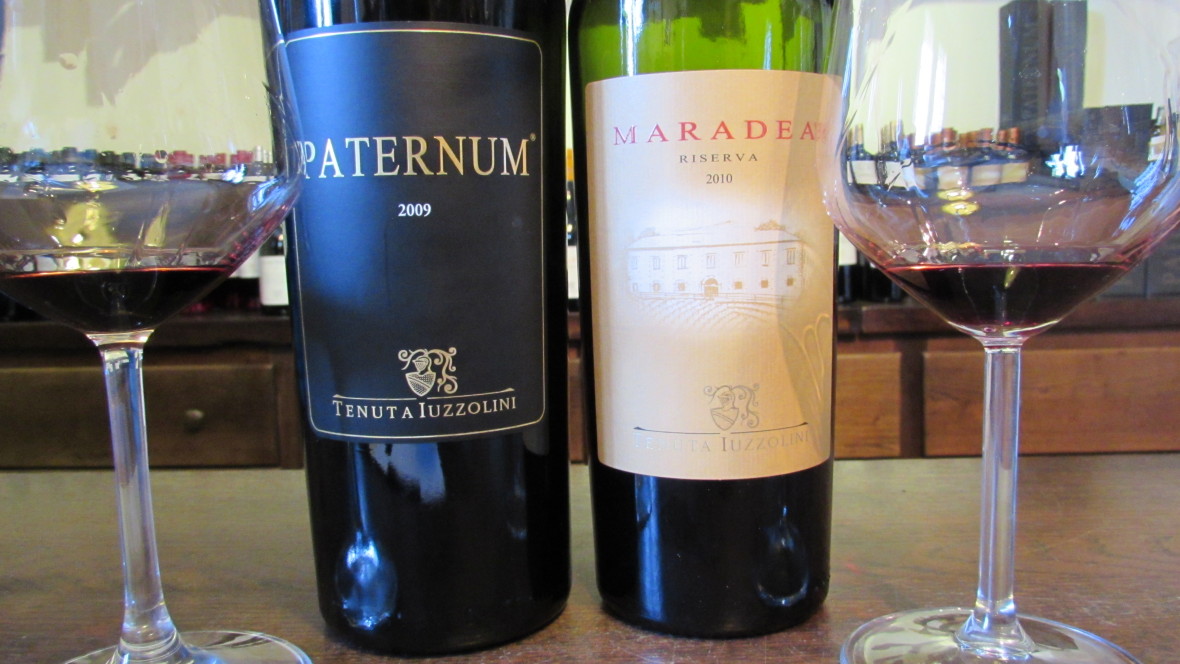

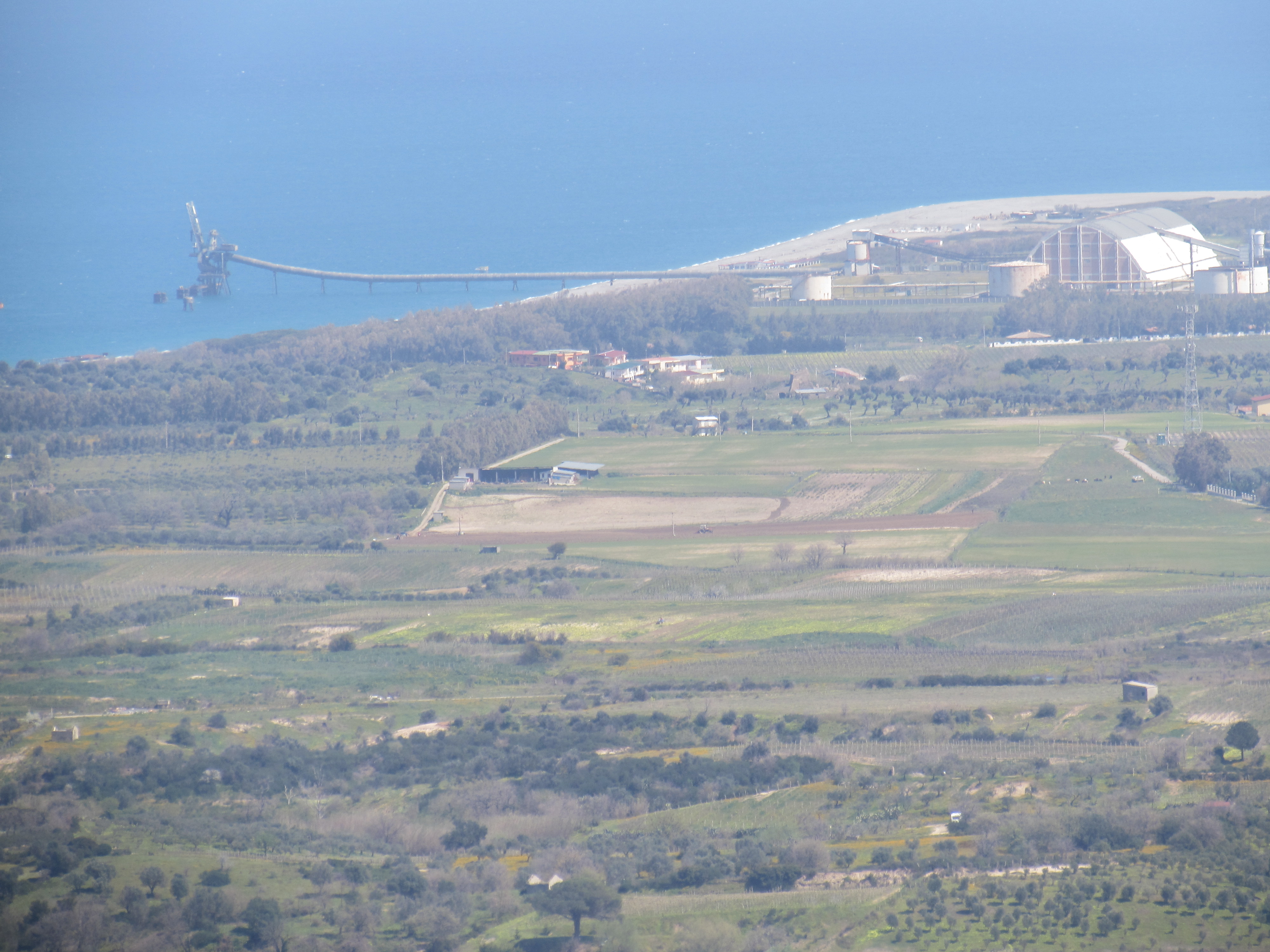
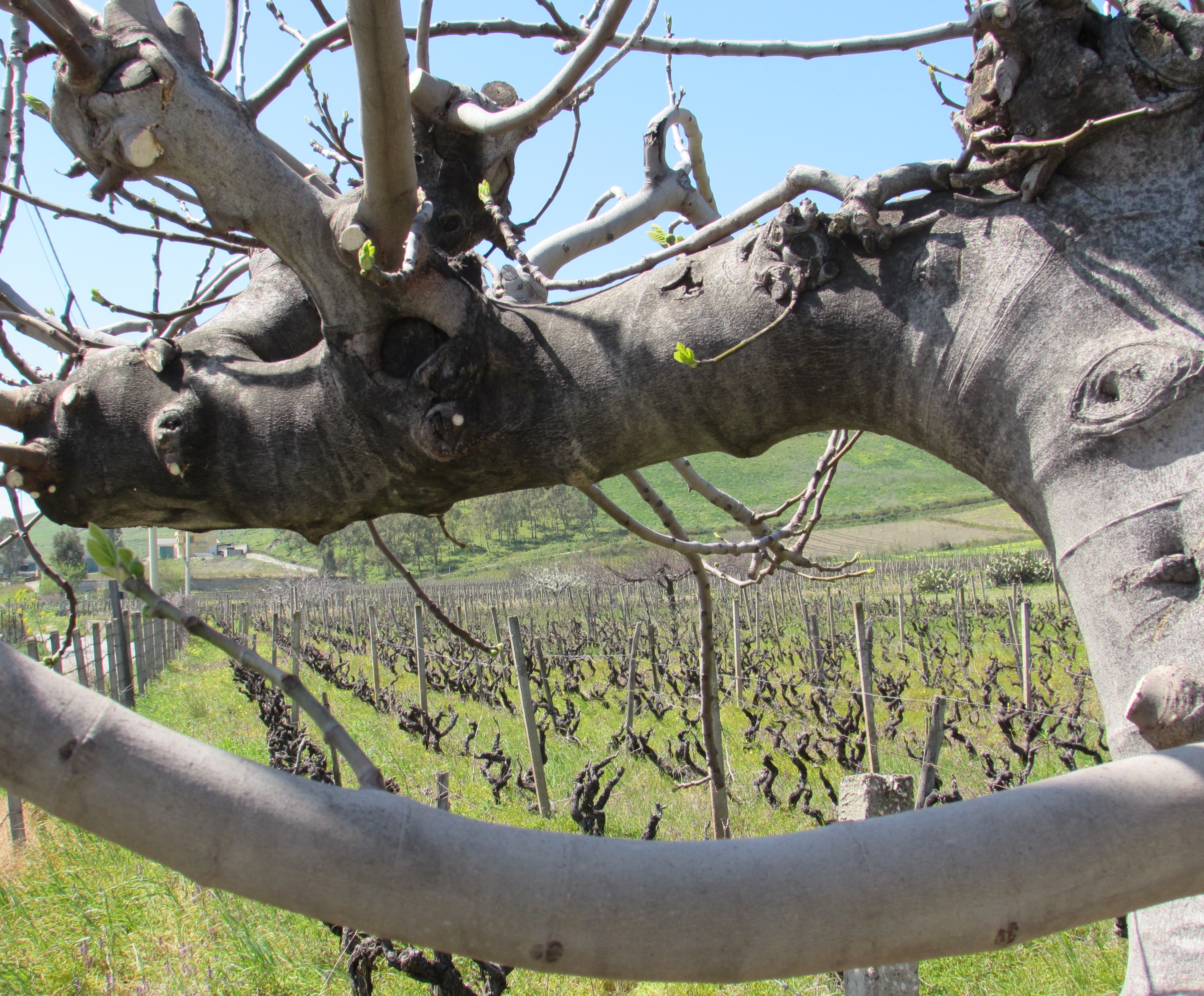
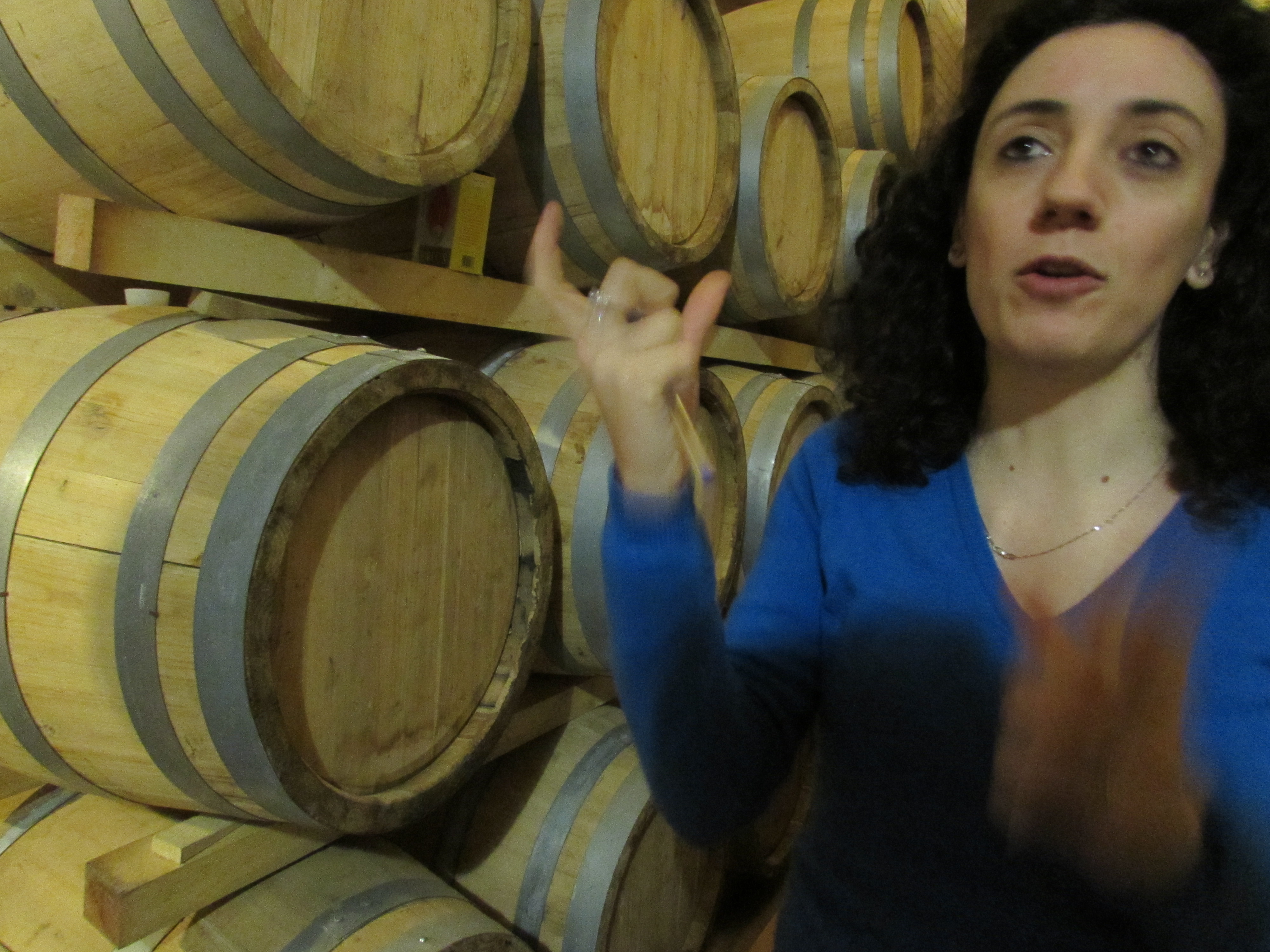
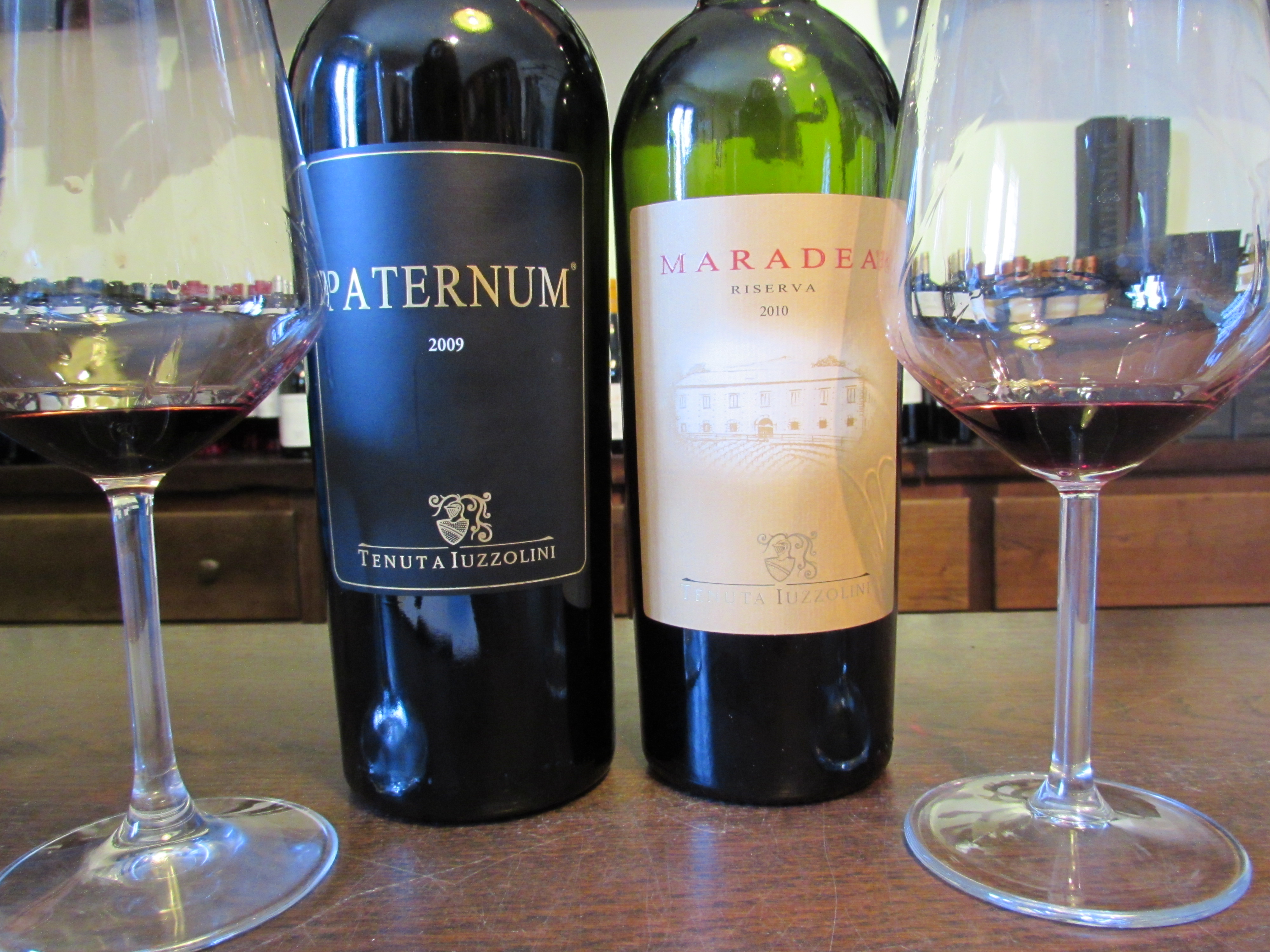
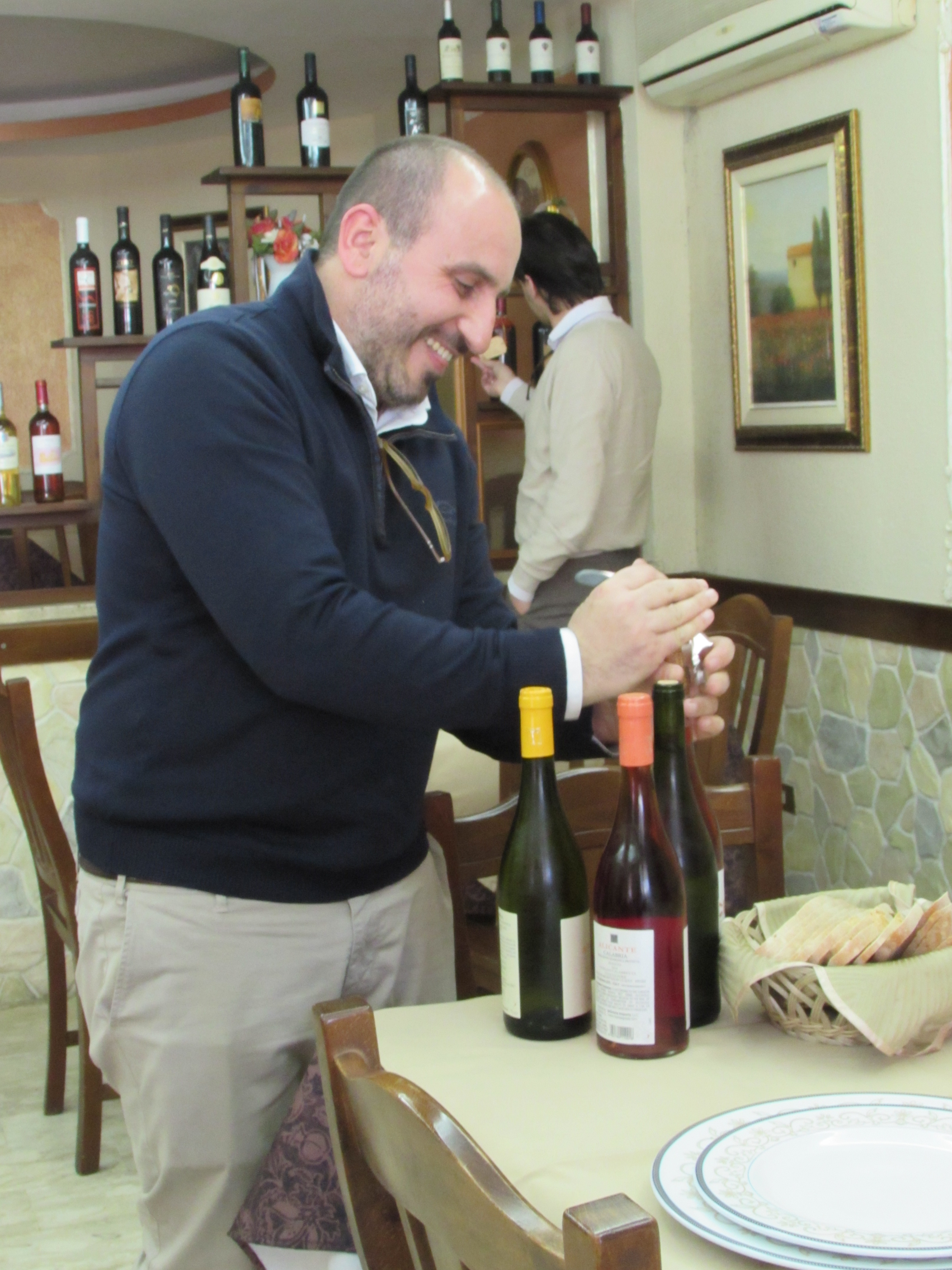
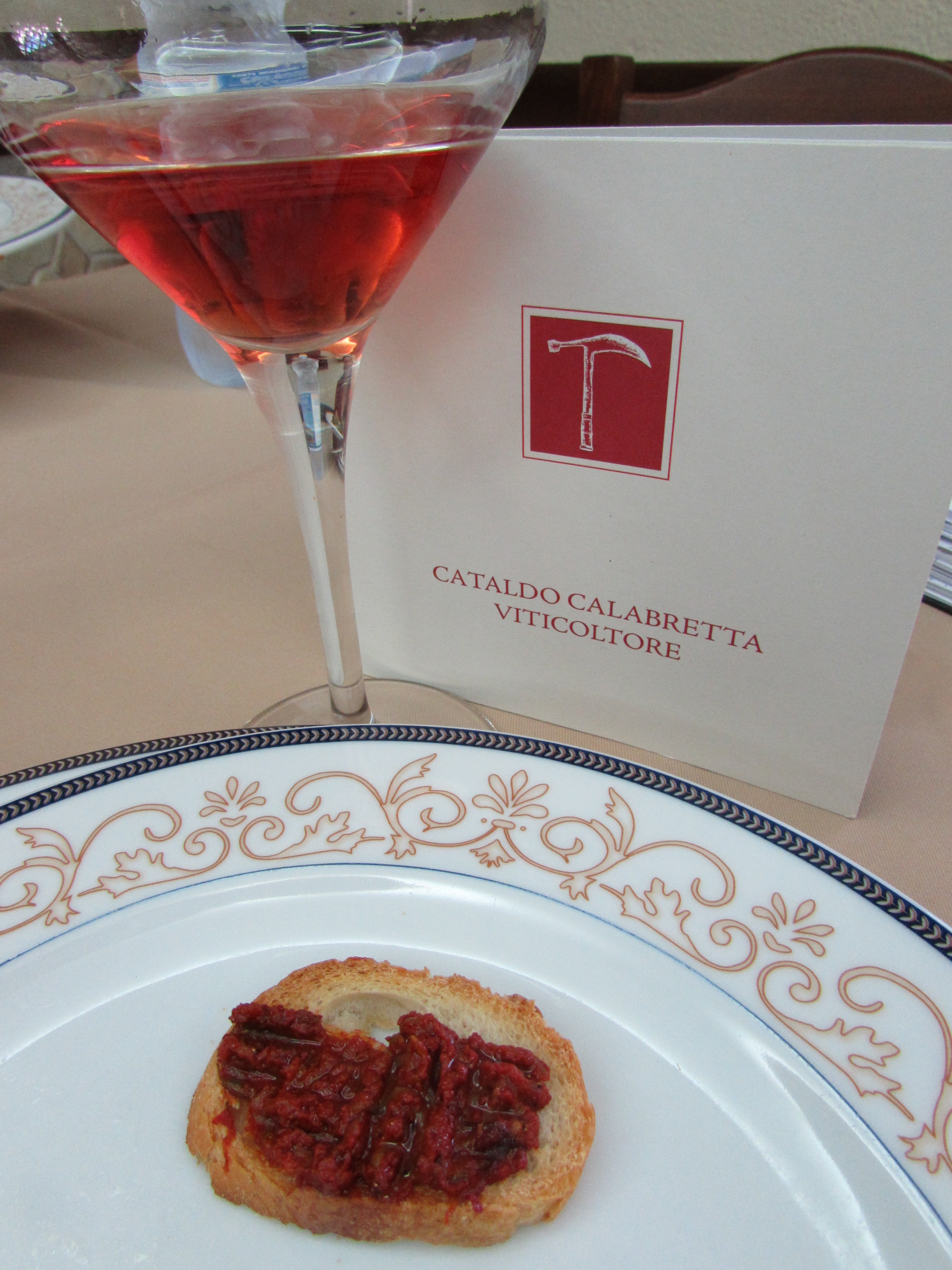
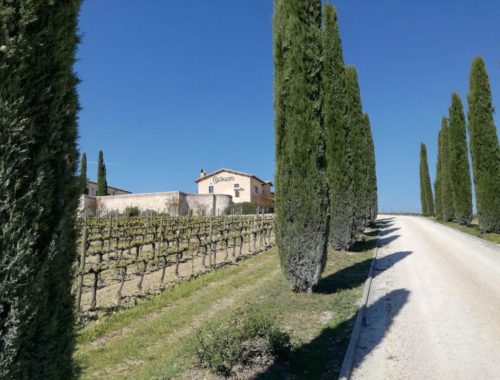
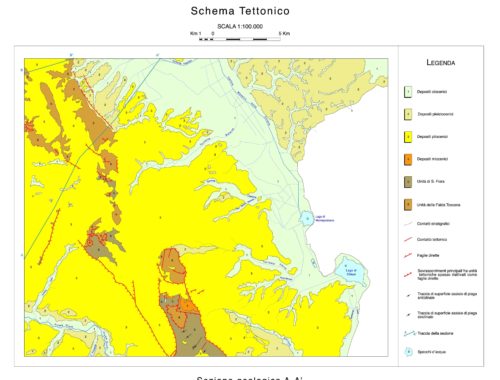
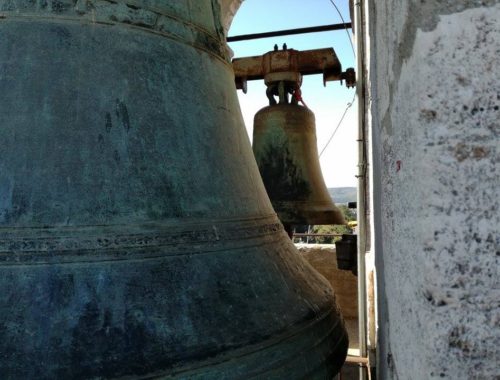




[…] I have recently written about the area and the most important characteristics of this wine (read it here). But I have visited some more wineries and I like to integrate the previous […]
[…] ho scritto di questo territorio e delle caratteristiche più importanti di questo vino (leggi qui). Ci sono tornata per approfondire e chiacchierare con qualche altro produttore e tra questi alcuni […]